In a surprising development in the field of robotics, researchers have discovered that small modifications to a robot’s body mass and ball size can significantly enhance its balancing abilities. Focusing on the BallBot—a robot designed to balance on a ball—the study reveals that these seemingly simple design changes can lead to dramatic improvements in performance. This innovative approach holds the potential to make robots more stable and reliable in everyday applications, bringing them closer to becoming indispensable partners in our daily lives.
Genetesis Launches CardioFlux Membership Program to Revolutionize Preventive Cardiac Care and Eliminate Heart Disease
Genetesis, Inc., a leader in the field of magnetocardiography (MCG), today announced the launch of the CardioFlux Membership program. At launch, CardioFlux Membership is designed to be the easiest, fastest, and safest way to repeatedly measure and monitor heart health over the course of a lifetime.
Plasma bubbles in the skies: Hong Kong leads research on aviation safety threats
A cutting-edge study has uncovered crucial new insights into the effects of equatorial plasma bubbles (EPBs) on aircraft navigation systems, shedding light on the hidden dangers posed by these atmospheric phenomena. These disturbances in the ionosphere can interfere with satellite signals, putting aviation safety at risk. The research focuses on developing a predictive model to evaluate how EPBs disrupt ground-based systems vital for guiding planes safely during landing.
Ocean’s “big data”: fusion of satellite data for better sea views
Scientists have unveiled a groundbreaking method (CSAC) to harmonize satellite ocean color data across various satellites, which paved the way for the generation of reliable, global-scale, long-term, bio-optical properties of the upper ocean. Such “big data” is the base to assess the status and climate-related dynamics of the marine ecosystems. The CSAC (Cross-Satellite Atmospheric Correction) system ensures consistent remote sensing reflectance (Rrs) products across different satellite ocean color missions, a crucial step for expanding spatial coverage and extending the temporal reach via the fusion of various satellite ocean color measurements.
Esophageal cancer: global burden intensifies, calls for urgent action
A critical study sheds light on the growing global burden of esophageal cancer, outlining its significant impact and the imperative to identify the driving factors behind its increasing prevalence. This research presents a detailed analysis of the disease’s incidence, mortality, disability-adjusted life years (DALYs) rates, and attributable risk factors, providing essential insights for the development of strategic cancer control measures on a global scale.
Unlocking the secrets of the mind
“When you’re deciding whether to turn left or right, or to eat the chocolate cake or the carrots, what’s happening in your brain?”
This simple question masks a complex web of brain activity. Computational neuroscientists are determined to untangle the web.
NCCN Announces Funding for a Prostate Cancer Research Project
The NCCN Oncology Research Program (ORP) announces funding of a project that will underpin innovative research on optimal management of side effects secondary to treatment with poly ADP ribose polymerase inhibitors (PARPi).
Astronomers Discover Magnetic Loops Around Supermassive Black Hole
NGC 1068 is a well-known, relatively nearby, bright galaxy with a supermassive black hole at its center. Despite its status as a popular target for astronomers, however, its accretion disk is obscured by thick clouds of dust and gas. A few light-years in diameter, the outer accretion disk is dotted by hundreds of distinct water maser sources that hinted for decades at deeper structures. Masers are distinct beacons of electromagnetic radiation that shine in microwave or radio wavelengths; in radio astronomy, water masers observed at a frequency of 22 GHz are particularly useful because they can shine through much of the dust and gas that obscures optical wavelengths.
Led by astronomer Jack Gallimore of Bucknell University, an international team of astronomers and students set out to observe NGC 1068 with twin goals in mind: astrometric mapping of the galaxy’s radio continuum and measurements of polarization for its water masers. “NGC 1068 is a bit of a VIP among active galaxies,”
Uncovering the pigments and techniques used to paint the Berlin Wall
Street art takes many forms, and the vibrant murals on the Berlin Wall both before and after its fall are expressions of people’s opinions. But there was often secrecy around the processes for creating the paintings, which makes them hard to preserve. Now, researchers reporting in the Journal of the American Chemical Society have uncovered information about this historic site from paint chips by combining a handheld detector and artificial intelligence (AI) data analysis.
MD Anderson’s Lauren Averett Byers receives TAMEST O’Donnell Award for seminal contributions to lung cancer research
Lauren Averett Byers, M.D., professor of Thoracic/Head & Neck Medical Oncology at The University of Texas MD Anderson Cancer Center, has received the 2025 Edith and Peter O’Donnell Award in Medicine from the Texas Academy of Medicine, Engineering, Science and Technology (TAMEST). The award recognizes her fundamental discoveries and contributions to identifying novel therapeutic strategies for small cell lung cancer (SCLC), which have paved the way for personalized treatments, even in the most highly recalcitrant cancers.
Breast cancer alert: study finds post-35 weight gain raises risk
A new study has unveiled a striking connection between weight gain after the age of 35 and an increased risk of breast cancer, highlighting the urgent need for proactive weight monitoring in women’s health as they age. The research, which delves into the relationship between body mass index (BMI) changes and cancer risk, underscores how weight gain during key hormonal transitions could significantly influence breast cancer susceptibility.
Battling breast cancer: new insights into angiogenesis and drug resistance
Breast cancer’s resistance to treatment is a major hurdle in improving patient outcomes. A recent study explores how tumor angiogenesis—the formation of abnormal blood vessels in tumors—plays a pivotal role in fostering drug resistance. The research highlights how these blood vessels hinder drug delivery and create a hostile tumor environment, reducing the effectiveness of therapies. It also investigates the potential of anti-angiogenic treatments to normalize these vessels, enhancing drug efficacy and offering new hope for patients.
Breakthrough in zinc-based rechargeable batteries: a safer, sustainable alternative
Rechargeable lithium-ion batteries power everything from electric vehicles to wearable devices. But new research from Case Western Reserve University suggests that a more sustainable and cost-effective alternative may lie in zinc-based batteries.
First full characterization of kidney microbiome unlocks potential to prevent kidney stones
Cleveland Clinic researchers have found definitive proof of a kidney microbiome that influences renal health and kidney stone formation, demonstrating that the urinary tract is not sterile and low levels of bacteria are normal.
The Nature Communications publication describes the rigorous multi-pronged approach a team led by Aaron Miller, PhD, and José Agudelo, MD, used to identify and characterize the small bacterial community by combining preclinical, human and dish studies.
New research unlocks jaw-dropping evolution of lizards and snakes
A groundbreaking University of Bristol study has shed light on how lizards and snakes -the most diverse group of land vertebrates with nearly 12,000 species – have evolved remarkably varied jaw shapes, driving their extraordinary ecological success.
Pioneering research reveals growing dangers and repression of climate activism globally
A new report has uncovered the many risks of participating in climate and environmental protests across the world – and how more countries are criminalising and repressing this activity in a bid to keep it in check.
Well-meaning dogs led astray by rule-defying owners
While good dogs never mean harm, they are often directed to remain on-lead in nature reserves to protect wildlife. Research from the University of Adelaide has found that whether dog owners follow this rule is mostly driven by social factors.
Preempting African swine fever in Texas with research
As feral hog populations increase in Texas and the U.S., they create desirable conditions for disease-carrying ticks and increase the risk for an outbreak of African swine fever virus, ASFV.

Australia’s extinction tally is worse than we thought
A new study estimates that more than 9000 insects and other native invertebrates have become extinct in Australia since European arrival in 1788 and between 1–3 additional species become extinct every week.

A mission design for servicing telescopes in space
The fate of telescopes in space is looking better now that they are being designed to be serviceable. Illinois Grainger Engineering researchers developed a servicing plan that can be applied to future space observatories based on current missions such as the James Webb Space Telescope and the European Space Agency’s Gaia.
NYCEDC and NYU Tandon Launch Applications for New Digital Game Design Incubator
New York City Economic Development Corporation (NYCEDC), in conjunction with NYU Tandon School of Engineering, has officially opened and launched applications for the New York City’s new digital game design incubator—the Game Design Future Lab (GDFL)—within NYU Tandon Future Labs, a startup incubator network operator founded 15 years ago with initial funding from NYCEDC.
Filling Out the Roadmap for Faster Drug Approvals
A new review in Blood Cancer Discovery outlines a key regulatory decision by an FDA committee that greenlights a new biomarker endpoint for accelerated drug approval in multiple myeloma and could cut a decade off the drug development process.

Pioneering Argonne chemist Chris Johnson honored as National Academy of Inventors Fellow
The National Academy of Inventors has named Argonne chemist Chris Johnson as a 2024 fellow. Johnson is known worldwide for his pioneering contributions to battery research that promotes the transition to a more sustainable and decarbonized future.
THE INEQUITY OF WILDFIRE RESCUE RESOURCES IN CALIFORNIA
A detailed analysis of more than 500 California wildfire incidents from 2015 to 2022 by University at Buffalo scientists shows that disaster recovery resources in California favor people living in wealthy communities over disadvantaged residents who lack the resources to plan for and recover from a wildfire. “We discovered that racial and economic inequity plays a pivotal role in resource allocation for wildfire recovery and mitigation,” says lead author Poulomee Roy, Ph.D. candidate in Industrial and Systems Engineering. She will present the results in December at the annual meeting of the Society for Risk Analysis in Austin, Texas.

Volunteering reduces rate of aging, study finds
Volunteering, even a small amount, is linked to slower age acceleration for both retirees and working people, finds a new study from the Brown School at Washington University in St. Louis.
Mpox Vaccination Rates Highest Among Cisgender Sexual Minority Men
As a second wave of the viral disease looms, Rutgers Health researchers call for more studies on long-term immunity.
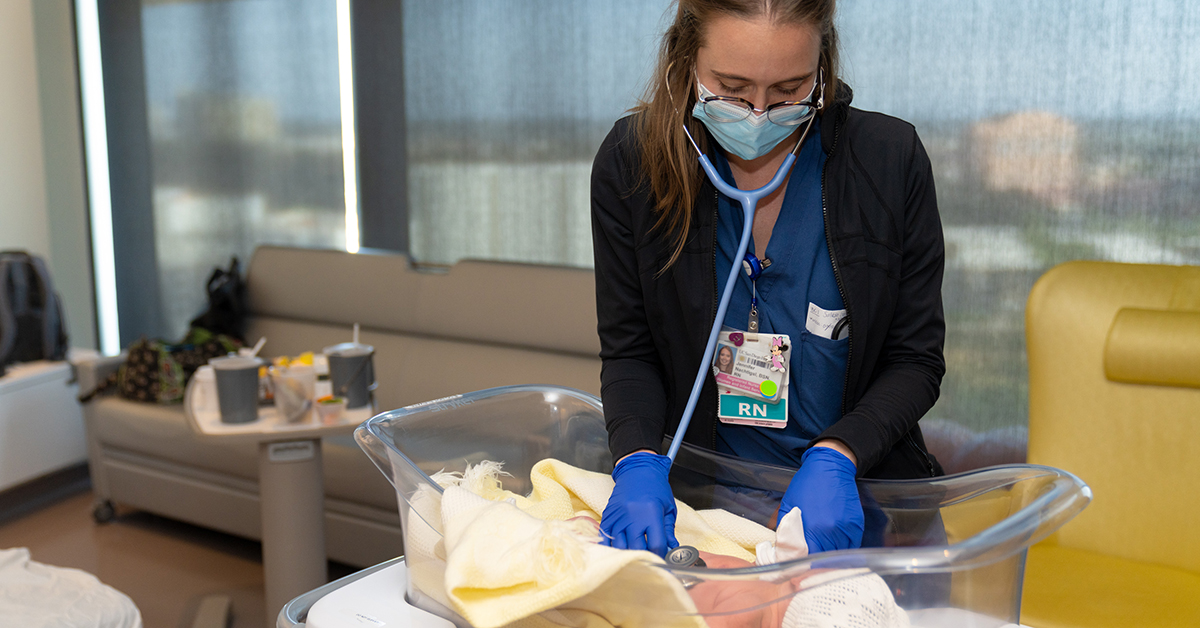
New Bundle of Joy: UC San Diego Health Delivers Highest Ranking for Obstetric, Infant Care
For the third consecutive year, UC San Diego Health has been recognized as a High Performing Hospital for maternity care by U.S. News & World Report.
AANA Joins ALL IN: Wellbeing First for Healthcare
The American Association of Nurse Anesthesiology (AANA) proudly joins the ALL IN: Wellbeing First for Healthcare (ALL IN), as a coalition member to support this groundbreaking initiative committed to improving the mental health and overall wellbeing of healthcare workers.
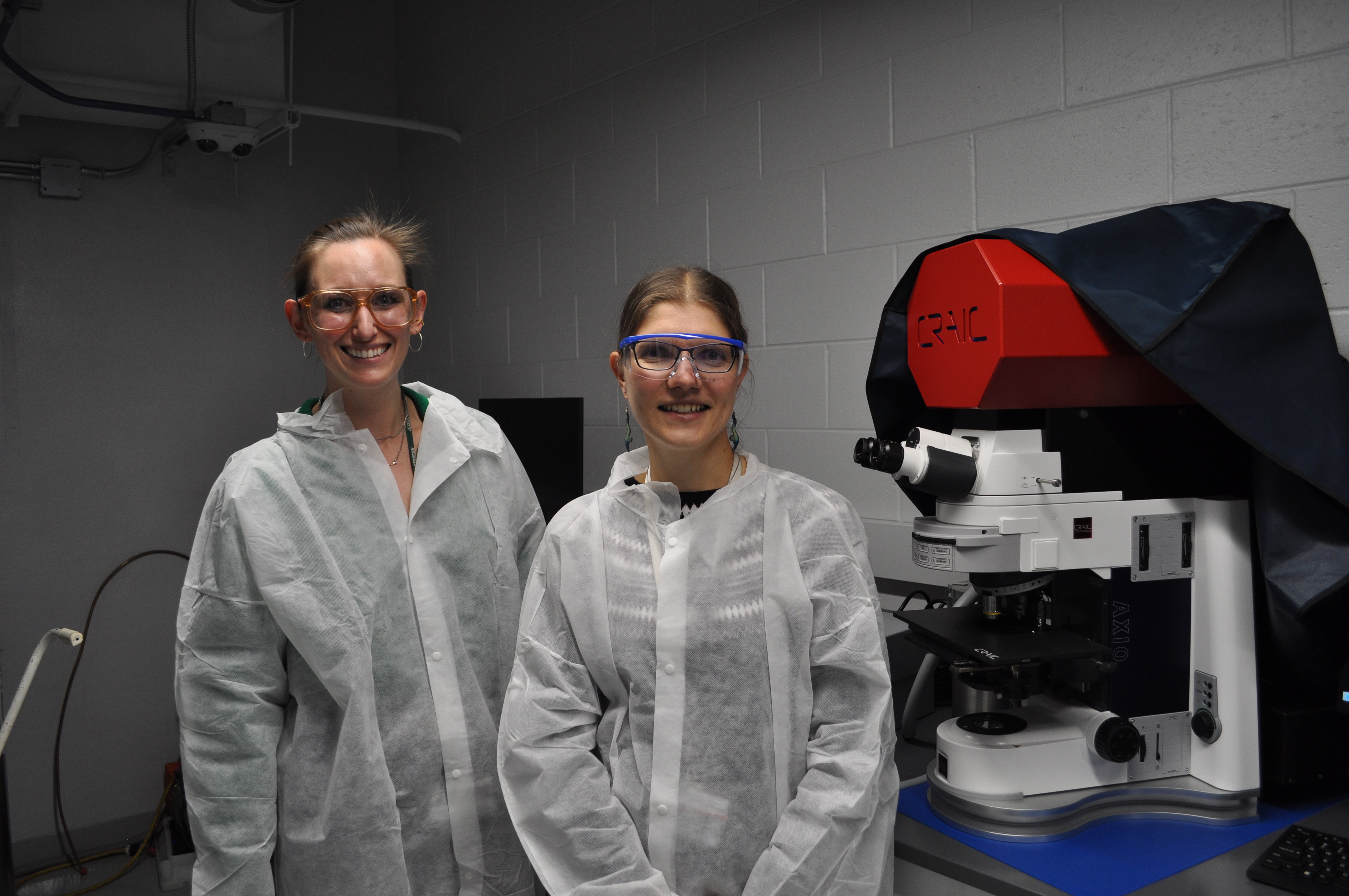
Fighting prostate cancer, from farm to table, at MSU
With a nod to bringing local, fresh ingredients directly to our dinner plates, Michigan State University researchers will soon be applying their own farm-to-table approach to the fight against prostate cancer. From therapeutic ingredient production to research and testing — it’s all happening at MSU.
USDA Orders Milk Supply Testing Due to Rising Cases of Bird Flu
The U.S. Department of Agriculture has issued a federal order for the testing of the nation’s milk supply. This order comes following the increase in bird flu cases. The virus was first detected in March in a Texas cow and…

Study finds some audience members believe brilliant characters who aren’t white males are “unrealistic,” even when based on real people
In a recent study, people who strongly endorsed racial and gender stereotypes about intelligence were more likely to believe that stories featuring brilliant Black or female protagonists were unrealistic compared with those featuring white male protagonists.
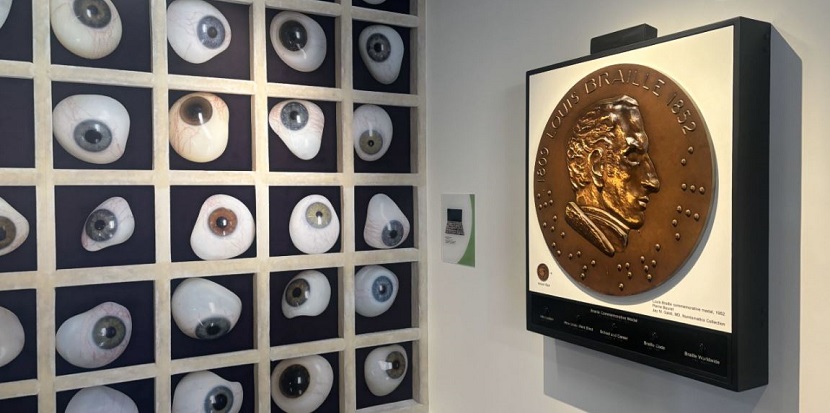
New Museum of the Eye Exhibit Brings Images to Life for the Visually Impaired and Blind
The Truhlsen-Marmor Museum of the Eye® today introduced a first for San Francisco, a tactile exhibit to improve accessibility and inclusion for those who are blind and visually impaired.
HPV genotype-specific prevalence and infection risks: A 10-year population-based study from the United States
Abstract Background: Various studies have reported on the impact of human papillomavirus (HPV) vaccines. Here we present the largest population-based investigation of genotype-specific distributions over the decade following implementation of the 4-valent HPV vaccine (HPV6/11/16/18) in the United States. Methods:…
Research shows new treatment could delay cancer progression in patients with high-risk smoldering multiple myeloma
A new treatment is showing promise for people with high-risk smoldering multiple myeloma (SMM). This precancerous condition can progress to active multiple myeloma, a type of blood cancer. High-risk SMM carries a higher likelihood of progression.
Discovery of new growth-directed graphene stacking domains may precede new era for quantum applications
Researchers discovered that three-layer graphene can naturally self-organize into specific stacking patterns (ABA/ABC domains) during growth on silicon carbide, eliminating the need for manual manipulation. This breakthrough could enable scalable production of quantum devices.
NATIONWIDE STUDY LOOKS AT WHEN AND WHERE EV OWNERS USE PUBLIC CHARGING STATIONS
Researchers at the University of Maryland are using supercomputers and machine learning methods to analyze a full year of real-time data collected from individual EV charging ports at more than 50,000 publicly available stations throughout the country. The primary focus of the study is to estimate demand and peak times at EV charging stations.
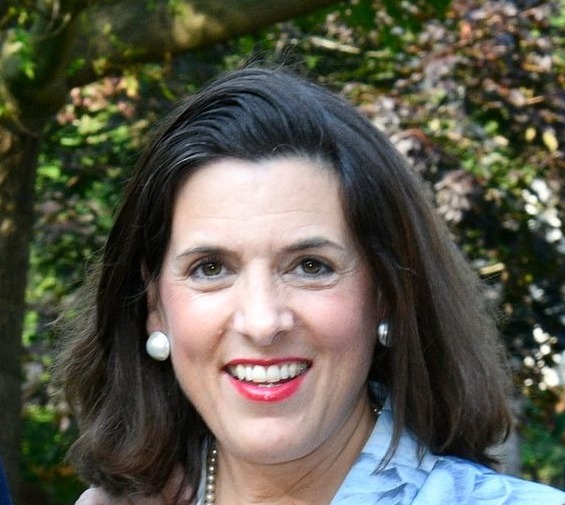
ADLM welcomes Sabrina Reilly as chief membership and market development officer
The Association for Diagnostics & Laboratory Medicine (ADLM, formerly AACC) is pleased to announce that Sabrina Reilly has been named chief membership and market development officer for the organization, effective today.
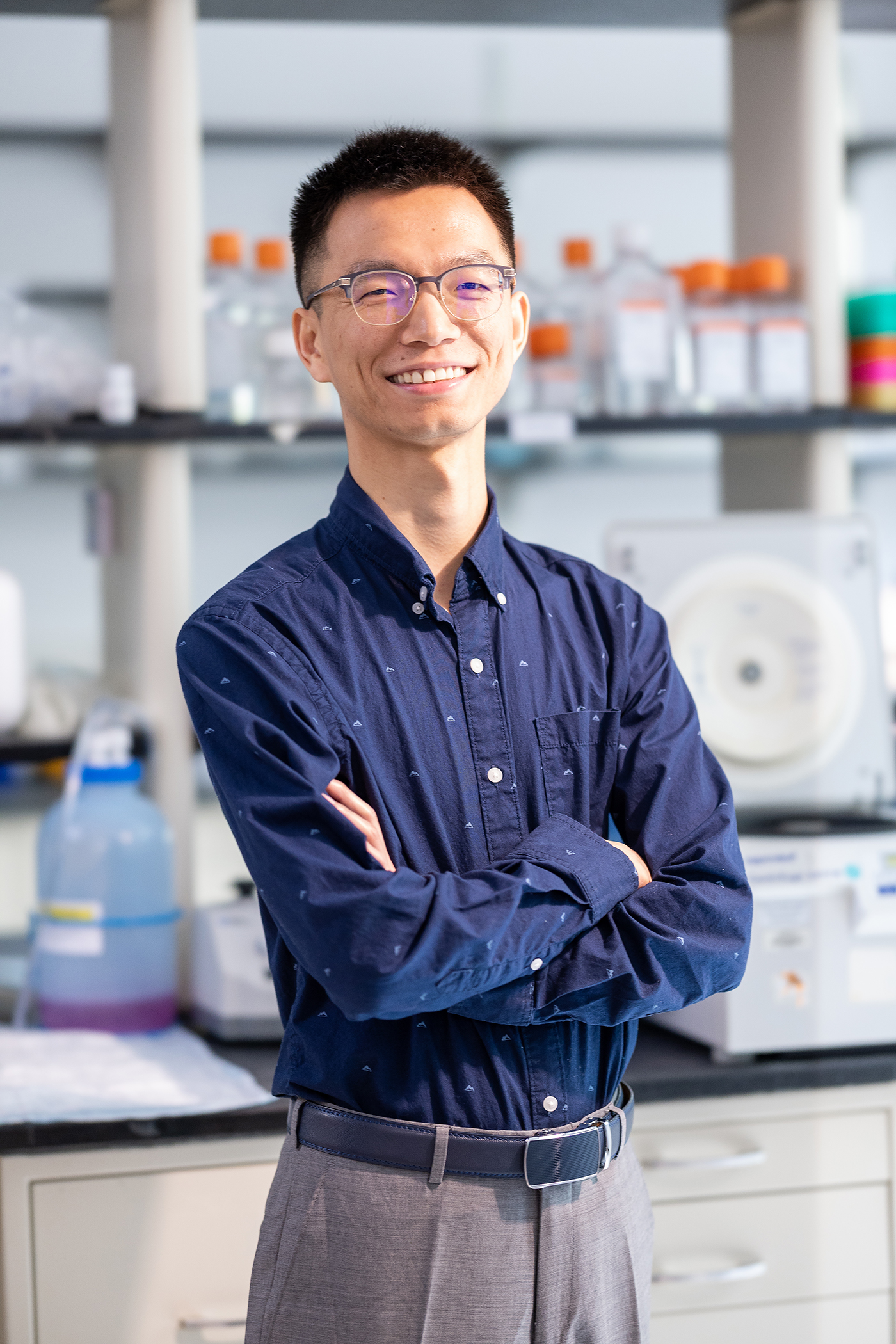
The Wistar Institute Receives Two Biomedical Research Grants from the V Foundation for Cancer Research
Wistar Institute assistant professors Nan Zhang, Ph.D., and Noam Auslander Ph.D., have both received independent funding totaling $1.2 million over the next three years for cancer research projects from the V Foundation for Cancer Research.
Making self-driving cars safer, less accident prone
Self-driving cars rely on artificial intelligence to predict where nearby cars will go. But when those predictions don’t match reality, that discrepancy can potentially lead to crashes and less safe roadways. That’s why a recent study from the University of Georgia developed a new AI model to make self-driving cars safer.
Two UC Irvine researchers named fellows by National Academy of Inventors
The National Academy of Inventors has named two University of California, Irvine researchers as fellows. Hamid Jafarkhani, Chancellor’s Professor of electrical engineering & computer science, was recognized for his pioneering contributions to signal processing for multi-antenna wireless communications systems.
Neonatology News December 2024
“Our study will investigate genetic influence on long-term cardiac and respiratory outcomes of premature infants, in order to identify genetic pathways that correspond to high likelihood for spe…
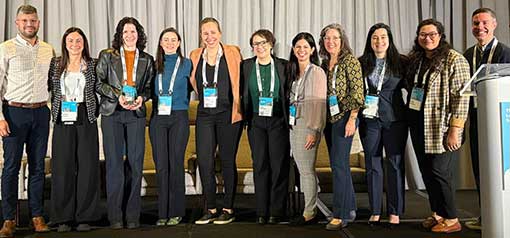
Lurie Children’s Diabetes Program Receives 2024 T1D Exchange Outstanding Pediatric Team Award
In November, Lurie Children’s and Northwestern University co-hosted the 2024 T1D Exchange Learning Session in Chicago. The T1D Exchange Quality Improvement Collaborative (QIC) brings together clinics across the United States, connecting experts that collectively treat over 100,000 individuals with Type 1 diabetes.
GW Expert Reflects on Nikki Giovanni’s Legacy
Nikki Giovanni, renowned poet, activist, author and professor, passed away Monday at the age of 81. …
Dalia Gesualdi-Fecteau takes the helm at CRIMT
Professor at the School of Industrial Relations at Université de Montréal, Dalia Gesualdi-Fecteau has been appointed director of the Interuniversity research centre on globalization and work.
Expert Available: Education Leaders Balance Innovation, Caution as AI Shapes the Future of School Operations
School leaders are increasingly using generative AI to streamline administrative tasks, enhance community engagement, and modernize operations. …
New Research Explores the Consequences as Human-Machine-AI Interact
As humans begin to increasingly rely on artificial intelligence and machines in their everyday lives, researchers at the George Washington University are exploring how humans, machines and AI/… …
Recommendations May Help Reduce Delirium in Older Patients Having Surgery
Delirium and cognitive decline are common complications of anesthesia and surgery in older adults. Evidence-based recommendations on strategies to reduce the risk of postoperative neurocognitive disorders are presented in a new practice advisory in the Online First edition of Anesthesiology, the peer-reviewed journal of the American Society of Anesthesiologists (ASA).
Ultraprocessed Foods Account for More than Half of Calories Consumed at Home
A new analysis led by researchers at the Johns Hopkins Bloomberg School of Public Health found that more than half of calories consumed at home by adults in the U.S. come from ultraprocessed foods.
Americans are uninformed about and undervaccinated for HPV
Research shows that HPV accounts for 70% of all throat cancers, but only one-third of the public is aware that HPV causes throat cancer
Rethinking the Brain Pacemaker: How Better Materials Can Improve Signals
In this week’s AIP Advances, researchers at the University of Tabriz created organic materials for brain and heart pacemakers, which rely on uninterrupted signal delivery to be effective. Using a plastic base known as polypropylene, the researchers added a specially formulated clay called Montmorillonite and different ratios of graphene, one of the strongest lightweight materials. They created five different materials that could be performance-tested and took detailed measurements of the structure of the composite materials using scanning electron microscopy.